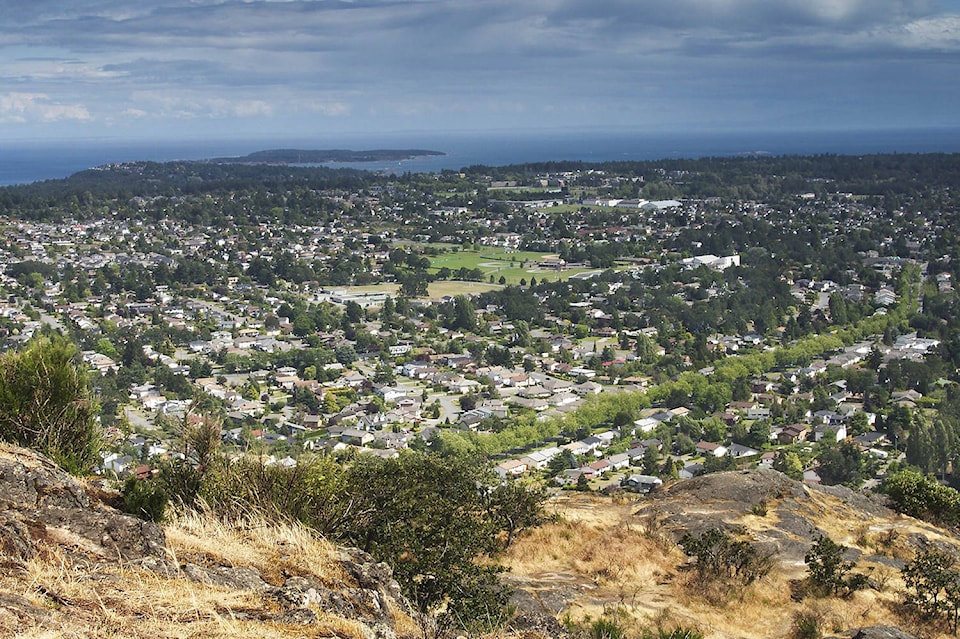Saanich has all but approved a new voluntary building code that promises to improve energy efficiency but not after hearing concerns from industry leaders.
B��Ԫ������ַ�It adds significant costs, does little to address climate change, ignores potential unintended consequences, [and] increases liability risks for SaanichB��Ԫ������ַ�s taxpayers,B��Ԫ������ַ� said Casey Edge, executive director of the Victoria Residential Builders Association (VRBA), who asked Saanich to delay implementation pending completion of a review of CanadaB��Ԫ������ַ�s National Building Code.
Edge also questioned cost estimates concerning the implementation of Step Code. He dismissed claims that a Step 5 home would cost some $17,400 more to build. A survey of home builders including those who build green and passive homes revealed additional costs of at least $55,000 to $110,000.
B��Ԫ������ַ�In this market, you can bet on the high side,B��Ԫ������ַ� he added.
RELATED:
Councillors also heard a comparable concern from John Sercombe of the Limona Group. While he praised the general intention of the code, he fears its impact on individuals looking to enter the housing market.
B��Ԫ������ַ�I can tell you there is a huge population of young people, who can never afford these homes,B��Ԫ������ַ� he said. B��Ԫ������ַ�What we build to code today, is a good home. It is energy efficient. It is not zero, but it is a good home.B��Ԫ������ַ�
The municipality cannot lose sight of affordability, he added.
Edge and Sercombe reiterated many familiar industry concerns with the code but council also heard from other industry leaders, including Mark Bernhardt, president of the local chapter of the Canadian Home Builders Association; Robert LePage, a building physicist; Nino Barbon, a prominent local developer; and Jack Meredith, president at Healthy Green Buildings; among others. They endorsed the code, with some speakers such as Barbon calling for a quicker pace in its implementation in light of the threat that climate change poses.
RELATED:
Pending final ratification, S Single-family dwellings must instead meet the less onerous Step 2 by Jan. 1, 2020.
All new Part 3 buildings (buildings exceeding 600-square-metres in area or exceeding three storeys in building height) must achieve Step 1 by June 1, 2019. Wood-framed buildings six storeys and under much achieve Step 3 by Jan.1, 2020. Concrete high-rise over six storeys must achieve the less onerous Step 2 by Jan. 1, 2020.
Rebecca Newlove, SaanichB��Ԫ������ַ�s manager of sustainability, said ensuring affordability was one of the considerations in these changes, but also noted that the question of housing affordability involves a variety of factors.
The Step Code is a voluntary provincial building code for new homes. The code consists of five steps designed to improve the energy efficiency of new buildings with the stated goal of making all new buildings ready for net-zero energy (Step 5) by 2032. Net zero energy ready buildings are buildings that could (with additional measures) generate enough energy on site to meet their own energy needs.
If Saanich were to ratify the code at its next formal council meeting, it would follow the City of Victoria in adopting the code. But regional support for the code isnB��Ԫ������ַ�t unanimous as Langford has publicly opted against it.
Like us on and follow us on



